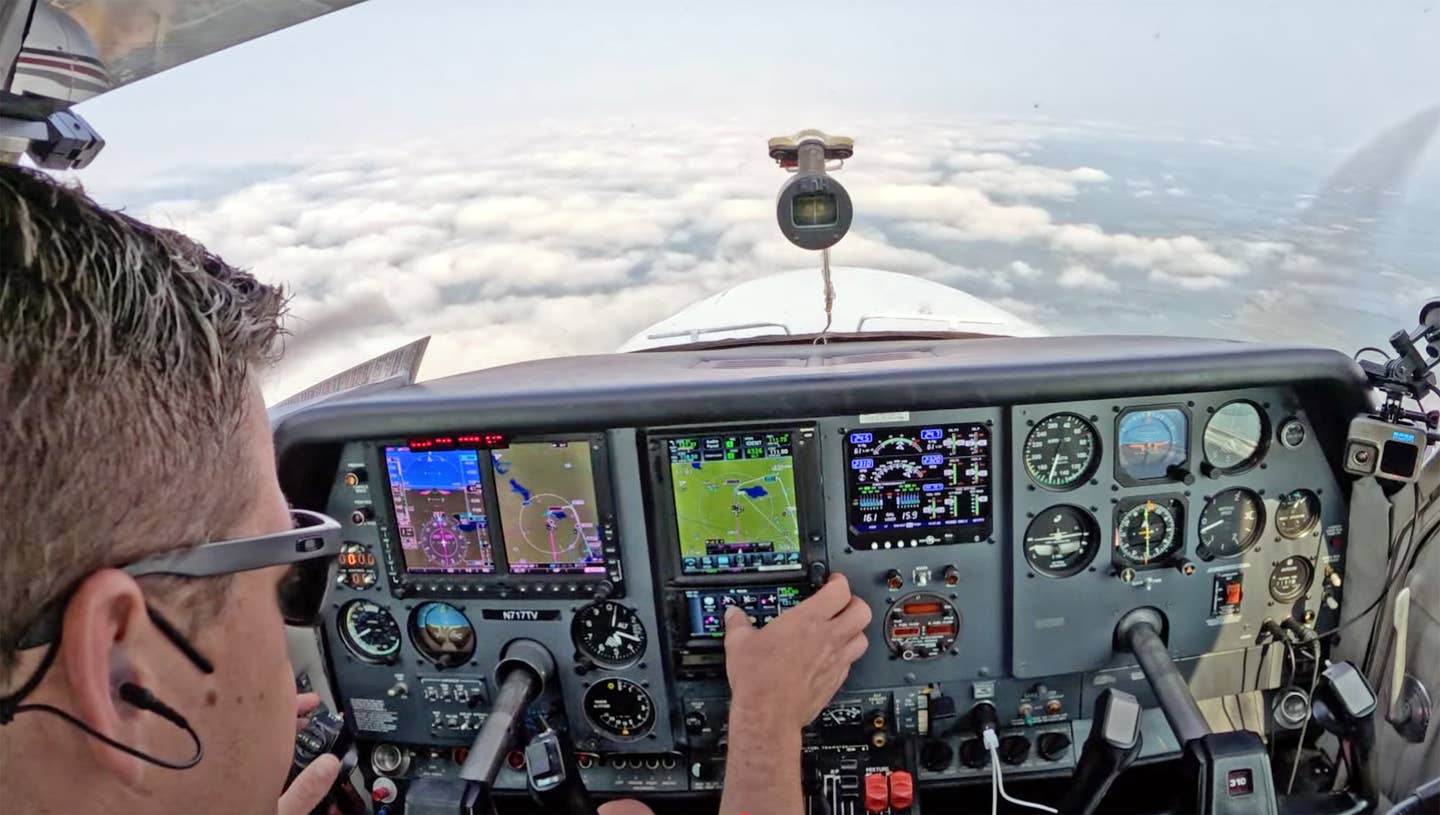General Aviation Accident Bulletin
AVweb’s General Aviation Accident Bulletin is taken from the pages of our sister publication,Aviation Safety magazine. All the reports listed here are preliminary and include only initial factual findings about…

Aviation Safety Accident Bulletin
AVweb's General Aviation Accident Bulletin is taken from the pages of our sister publication,Aviation Safety magazine. All the reports listed here are preliminary and include only initial factual findings about crashes. You can learn more about the final probable cause on the NTSB's website at www.ntsb.gov. Final reports appear about a year after the accident, although some take longer. Find out more about Aviation Safety at www.aviationsafetymagazine.com.
April 11, Bethel, Alaska
Piper PA-32-300 Cherokee Six
At about 1613 Alaska time, the airplane sustained substantial damage during a forced landing following complete loss of engine power. The pilot and three passengers were uninjured. Visual conditions prevailed for the VFR Part 135 on-demand air taxi flight.
The pilot subsequently reported that the engine began to lose oil pressure. He turned toward the nearest airport, but soon all engine power was lost. During the subsequent forced landing to a tundra-covered meadow, the main landing gear separated from the airplane, damaging both wings and the fuselage.
April 11, 2019, Meriden, Conn.
Piper PA-28R-201 Arrow III
The airplane was substantially damaged at 1854 Eastern time during a forced landing. Both the private pilot and pilot-rated passenger were seriously injured. Visual conditions prevailed.
While in the airport traffic pattern after “routine maintenance,” the pilot attempted to add power to maintain altitude, but the engine did not respond. When he determined he would not reach the runway, he attempted a forced landing on a baseball field. During the approach, the airplane impacted power lines.
April 14, 2019, New York, N.Y.
Cessna 172 Skyhawk
At about 2215 Eastern time, the airplane was substantially damaged when it impacted a building and power lines during an in-flight diversion to John F. Kennedy International Airport (JFK). The instrument-rated commercial pilot and two passengers sustained minor injuries. Night instrument conditions prevailed and an IFR flight plan had been filed.
The pilot reported departing Niagara Falls, N.Y., with full fuel. The flight’s destination was Farmingdale, N.Y., and, on arriving, he attempted an ILS approach. The first attempt ended with a missed approach, as did the second one. On the third attempt, he noticed “something wrong with the heading indicator” and realized his course was “zigzagging.” At this time, he decided a “bigger airport will be better,” so he diverted to JFK.
He attempted two approaches at JFK. The first resulted in a missed approach. On the second attempt, the “engine totally stopped.” He flew the airplane’s “best glide speed” and, at about 100 feet AGL, saw street lights and turned toward a road. The airplane then impacted the roof of a building and power lines. The airplane came to rest entangled in the power lines and suspended just a few feet above the ground. According to an FAA inspector who examined the accident site, there was no odor of fuel at the accident site, nor was fuel observed in the wing tanks.
At 2212, the weather reported at JFK included 1/8-mile visibility in fog, vertical visibility of 200 feet and wind from 180 degrees at 15 knots.
April 18, 2019, Fullerton, Calif.
Beechcraft B60 Duke
The airplane was destroyed at 1953 Pacific time when it collided with the ground during takeoff. The solo private pilot sustained fatal injuries. Visual conditions prevailed; an IFR flight plan had been filed. The accident was captured by surveillance video from multiple vantage points. The airplane was airborne after a takeoff roll of about 1300 feet and, about two seconds after liftoff, began to roll to the left. Three seconds later, the airplane had reached an altitude of about 80 feet AGL and was in a 90-degree left bank. The nose then dropped as the airplane rolled inverted, and struck taxiway E in a right-wing-low, nose-down attitude.
This article originally appeared in the July 2019 issue of Aviation Safety magazine.
For more great content like this, subscribe to Aviation Safety!






